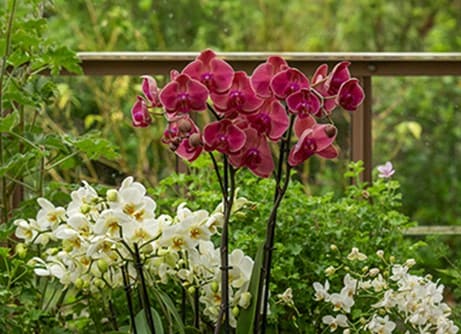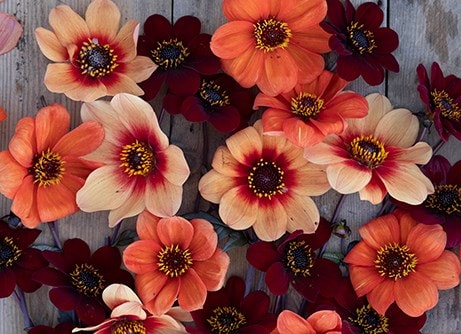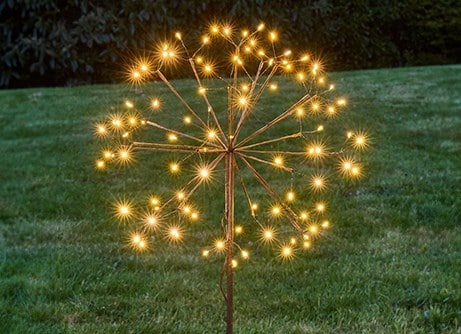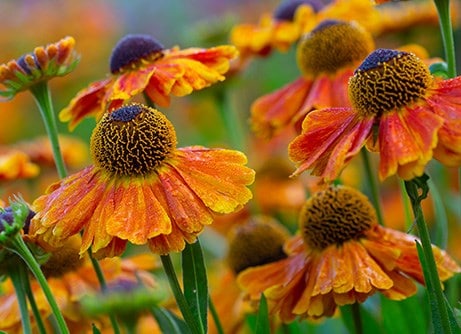A mid to late summer, large-flowered white clematis with deeply textured, star-like, satin-like flowers up to 15cm (6in) across.
On close inspection, Clematis ‘John Huxtable’ is a beautiful ‘Jackmanii-type’ clematis, bossed with central yellow stamens, best trained horizontally through a low-growing shrub, rose, or trellis in full sun or partial shade.
How to care for Clematis John Huxtable:
To avoid dry conditions, and to ensure good soil contact around the rootball, we advise planting climbers at least 30cm (12in), and preferably 45-60cm (18-24in) away from the base of a wall or fence. An even larger distance should be maintained when planting climbers beside an existing tree or shrub.
Choose a spot with well-drained, fertile soil and ensure the location receives plenty of sunlight—at least 6 hours a day—for optimal flowering.
However, they prefer their roots to be cool and shaded, so plant low-growing plants or add a layer of mulch of well-rotted compost around the base, avoiding the immediate crown.
In early spring cut back the previous year's stems to a pair of strong buds about 15-20cm (6-8in) above ground level and apply a slow-release balanced fertiliser.
Soil:
Moderately fertile, moist, but well-drained soil, or general-purpose loam-based potting compost











